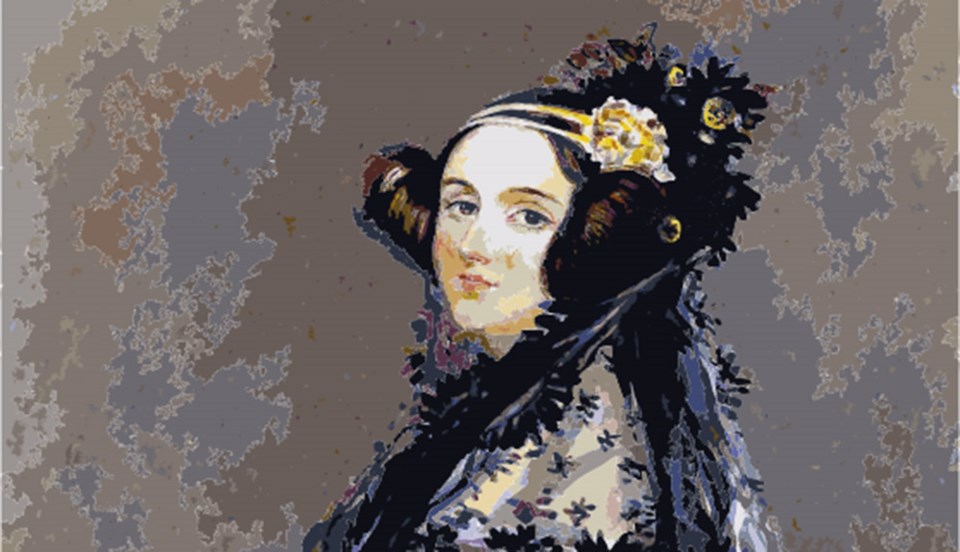Ada Lovelace was incredible. She was a walking paradox. She brilliantly twined her genealogy, making her as revolutionary as she was creatively magnificent: her mother, Lady Byron, being a mathematician, and her father, the prolific poet, Lord Byron. Lovelace was a scientist who sought vibrant visions in her imagination, describing science through abstract metaphors.
When writing of the Analytical Engine, a Victorian-era effort to build what we would later call a computer, she said: “We may say most aptly that the Analytical Engine weaves algebraic patterns just as the Jacquard loom weaves flowers and leaves.” This paradox she harnessed landed her in a world of magnificence of independence, strength, and courage of thought. Being the first-ever computer programmer, she as a woman, stepped beyond the notions of what a woman in her time should do. Raised alone by her mother, their story is an incredible tale of female resilience, courage, and incredulity.
Poetry, as a form of explorative and creative expression, was by definition a frame by which she understood science, and this allowed her to transcend boundaries and uncover new ways of thinking, leading to her revolutionary scientific contributions. In her own words, she would not have been able to do this without her imaginations, saying: “Imagination is the Discovering Faculty. Pre-eminently. It is that which penetrates into the unseen worlds around us, the worlds of Science.”
In her own words, Lovelace looked to science as both a world and a language by which to communicate, weaved by our world and language by which we navigate. How then could it not be in tune with poetry? She said: “Science constitutes the language through which alone we can adequately express the great facts of the natural world, and those unceasing changes of mutual relationship which, visibly or invisibly, consciously or unconsciously to our immediate physical perceptions, are interminably going on in the agencies of the creation we live amidst.”
She saw the world and creation as something astounding and great in and of itself. This very consciousness to life led to her breakthroughs in weaving connectivity through it all. She knew the everlasting poetry of her gaze upon the world and science, and saw to express this, writing in a letter her belief: “If you can’t give me poetry, can’t you give me ‘poetical science?’”
The drive to discover the world and the courage to boldly do so through all her faculties, of keen and insightful perception, is what makes Lovelace so spellbinding. Her spirit of strength in being a walking paradox, in conjoining all that gave her a medium of curiosity and discovery, affirms to me that time can never outlive her nor her legacy of standing both apart from the expected and firm to the original that lives in the imagination. She transcends time in the same way she described imagination, as something that “teaches us to live, in the tone of the eternal.”
- Noor Zohdy is a Grade 11 student at College Heights Secondary.



